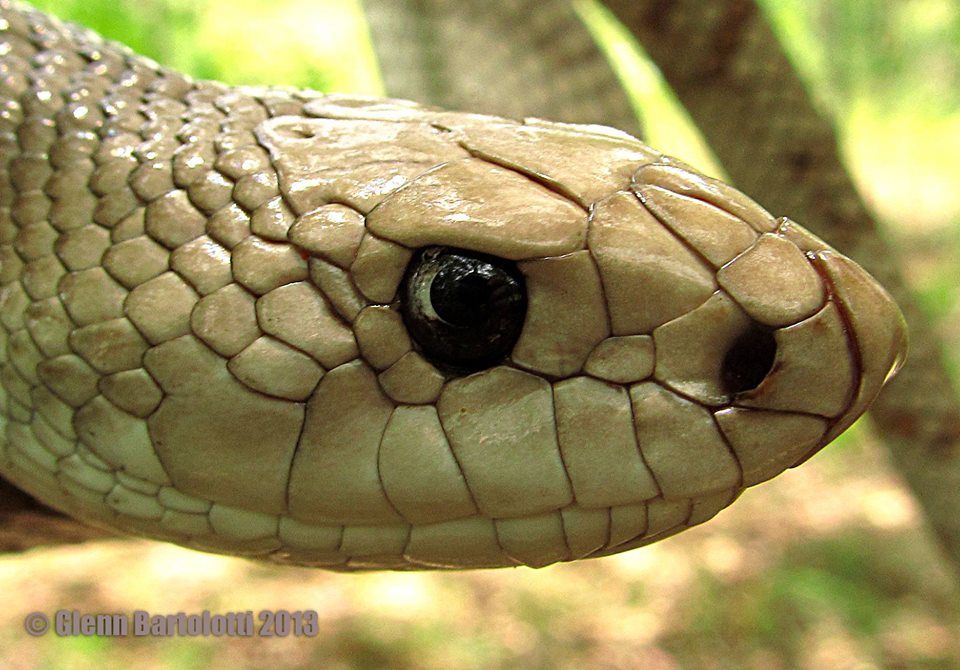In the complex theater of predator-prey relationships, non-venomous snakes face a perpetual challenge: surviving in a world where they lack the deadly venom of their more infamous relatives. Birds of prey, with their keen vision and powerful talons, represent one of the most significant threats to these serpents. Yet, through millions of years of evolution, non-venomous snakes have developed a fascinating arsenal of defensive tactics specifically designed to deter aerial predators. From sophisticated mimicry to behavioral adaptations and physical attributes, these reptiles demonstrate nature’s incredible capacity for developing survival strategies. This article explores the remarkable ways non-venomous snakes have evolved to outsmart and outmaneuver their winged predators, revealing the intricate dance of survival that unfolds in wild habitats across the globe.
Mimicry: The Art of Dangerous Deception
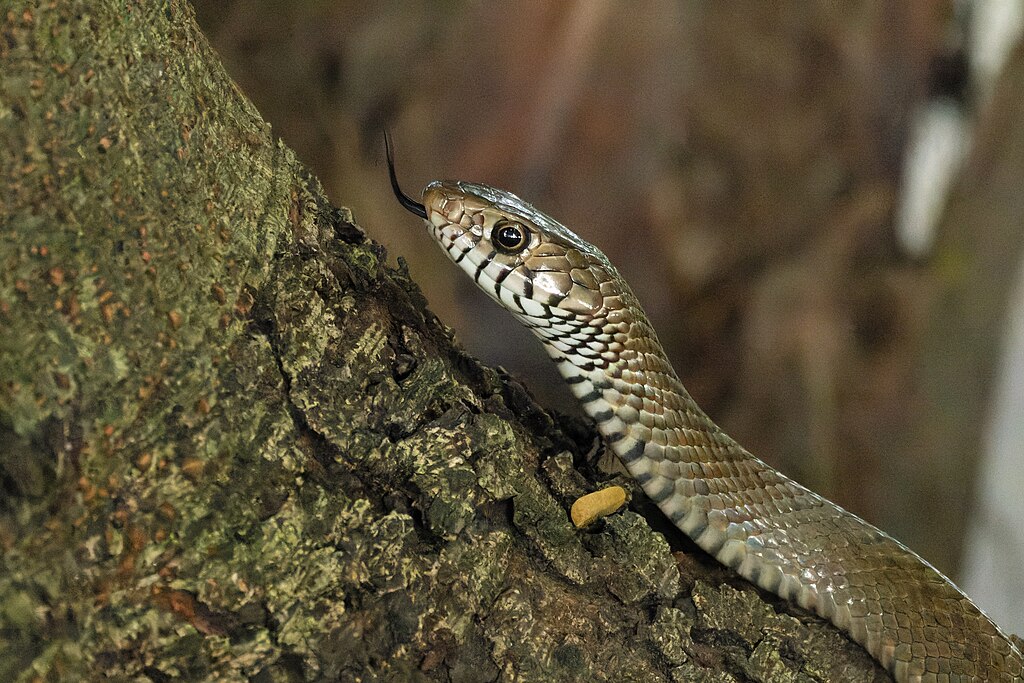
Perhaps the most sophisticated deterrent strategy employed by non-venomous snakes is Batesian mimicry, where harmless species evolve to resemble dangerous ones. The scarlet kingsnake, with its vibrant red, black, and yellow bands, presents a striking example as it closely mimics the deadly coral snake’s appearance. This visual deception often proves sufficient to discourage birds of prey, which have evolved to recognize and avoid certain color patterns associated with venomous species. Remarkably, these mimics need not perfectly match their models to gain protection, as even approximate resemblance can trigger caution in potential predators. The milk snake provides another classic example, with various subspecies evolving color patterns that resemble local venomous species across different regions, demonstrating the power of visual deception as a survival mechanism.
Defensive Displays: Bluffing to Survive
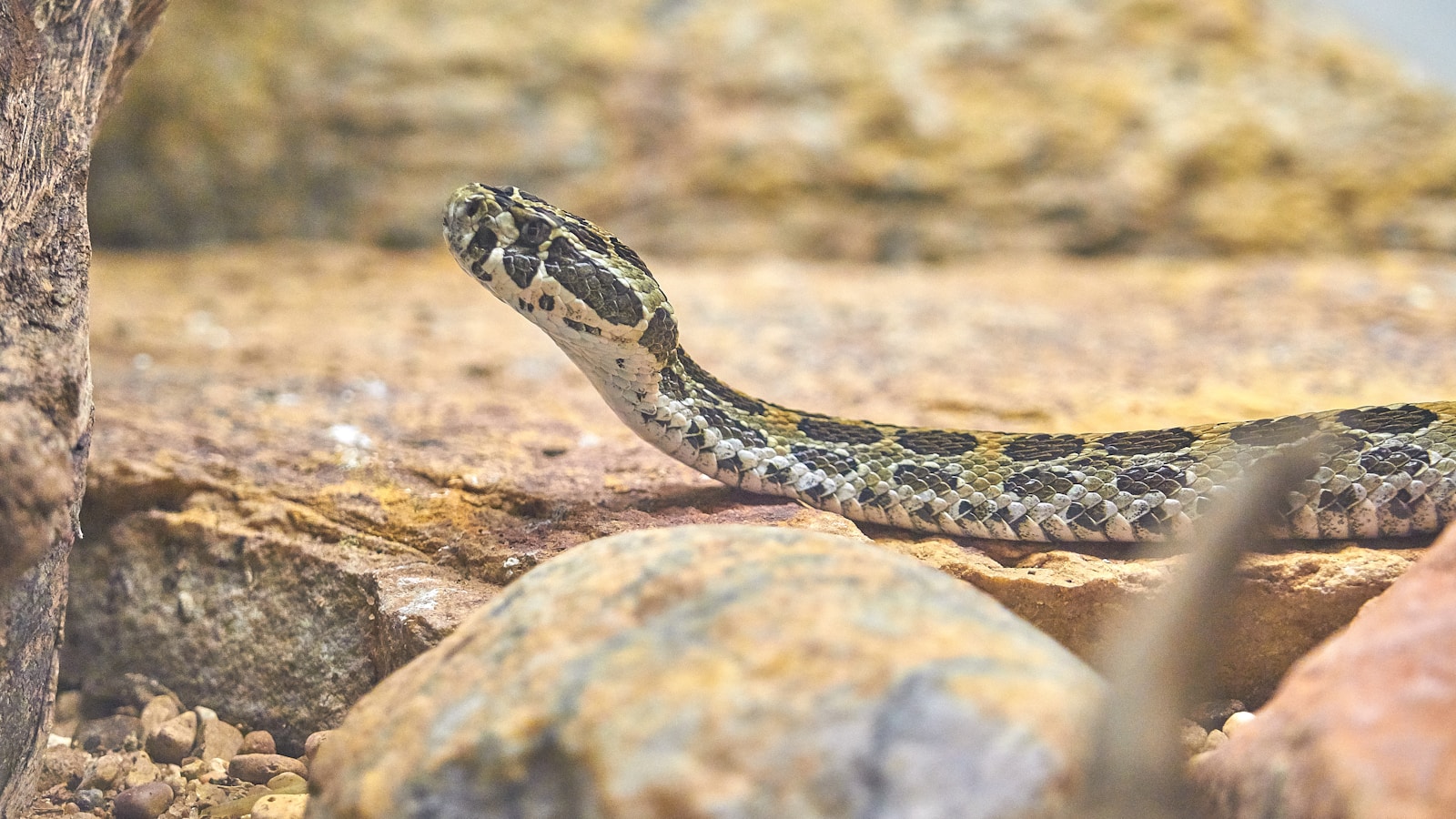
When spotted by aerial predators, many non-venomous snakes resort to elaborate bluffing displays that mimic the warning behaviors of venomous species. The hognose snake exemplifies this strategy with its impressive defensive repertoire—flattening its neck to resemble a cobra, hissing loudly, and striking repeatedly with a closed mouth. These theatrical performances can be remarkably convincing, often causing birds of prey to reconsider their attack plans and seek easier meals elsewhere. Some species like the western rat snake will vibrate their tails rapidly against dry leaves, producing a sound remarkably similar to a rattlesnake’s warning. The effectiveness of these displays relies on the predator’s innate caution toward potentially dangerous prey, allowing completely harmless snakes to leverage the reputation of their venomous counterparts.
Cryptic Coloration: The Invisibility Strategy
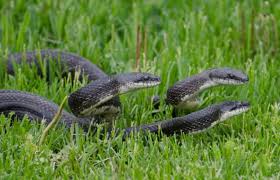
Many non-venomous snakes evade aerial detection altogether through cryptic coloration that allows them to blend seamlessly into their surroundings. Species like the brown snake possess subtle patterns and earth-toned colors that make them nearly invisible against forest floors or grasslands when viewed from above. This adaptation proves particularly effective against birds of prey, whose hunting strategy relies heavily on spotting movement or color contrasts from high vantage points. The effectiveness of cryptic coloration varies with habitat, which explains why desert-dwelling snakes often sport sandy hues while forest dwellers feature mottled patterns resembling dappled sunlight through leaves. Some species, like the green tree python or emerald tree boa, possess remarkably similar green coloration despite being unrelated, demonstrating convergent evolution in response to the shared threat of aerial predators in forest canopies.
Behavioral Avoidance: Staying Out of Sight
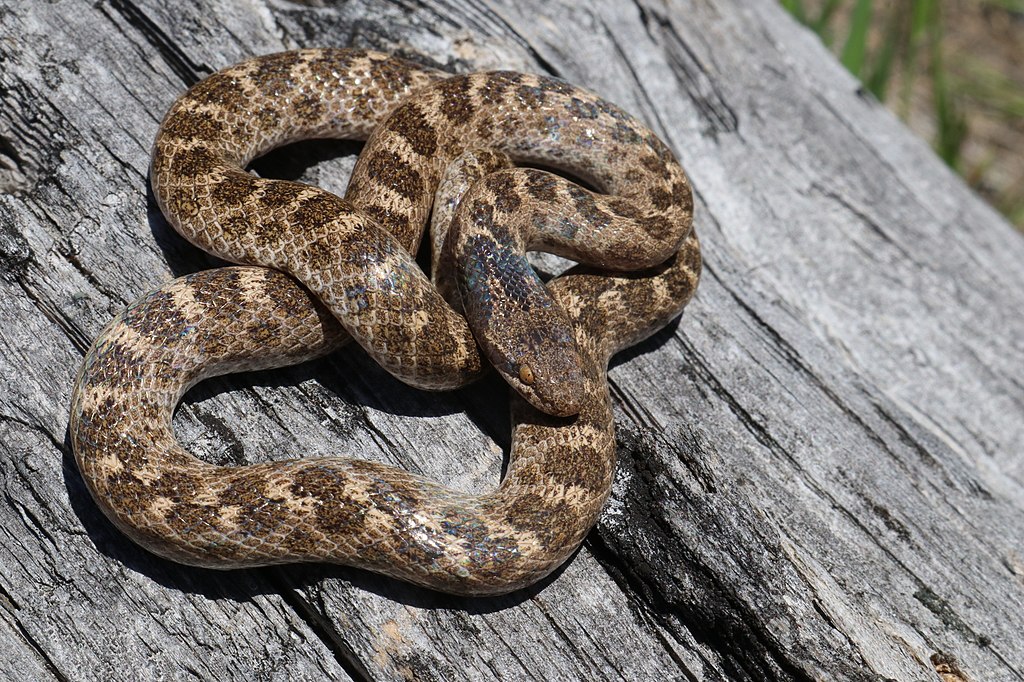
A primary strategy for many non-venomous snakes involves simply minimizing exposure to birds of prey through behavioral adaptations. Many species have evolved to be nocturnal, becoming active primarily during nighttime hours when most diurnal raptors are inactive. The common garter snake, for instance, often restricts its movement during peak hunting hours for hawks and eagles, instead foraging during dawn and dusk when detection from above becomes more challenging. Habitat selection also plays a crucial role, with many species preferring densely vegetated areas that provide overhead cover from aerial predators. Some snakes, like the rubber boa, take avoidance to extremes by adopting almost entirely fossorial (underground) lifestyles, emerging to the surface only when necessary and thus dramatically reducing their exposure to all predators, including birds of prey.
Rapid Escape Responses: The Need for Speed

When camouflage fails and a bird of prey detects a snake, many non-venomous species rely on lightning-fast escape responses to evade capture. The black racer, appropriately named, can achieve impressive speeds of up to 8-10 mph in short bursts, often sufficient to reach protective cover before an aerial predator can complete its attack dive. These escape behaviors are frequently paired with erratic movement patterns that make the snake’s trajectory unpredictable and more difficult for a bird to intercept. Some species, like the coachwhip snake, combine speed with an upright posture, elevating their heads above grass level to maintain visibility of approaching threats while racing toward shelter. The effectiveness of this strategy often depends on the proximity of suitable refuges, explaining why many fast-moving snake species tend to operate in habitats with abundant hiding places.
Playing Dead: The Ultimate Deception
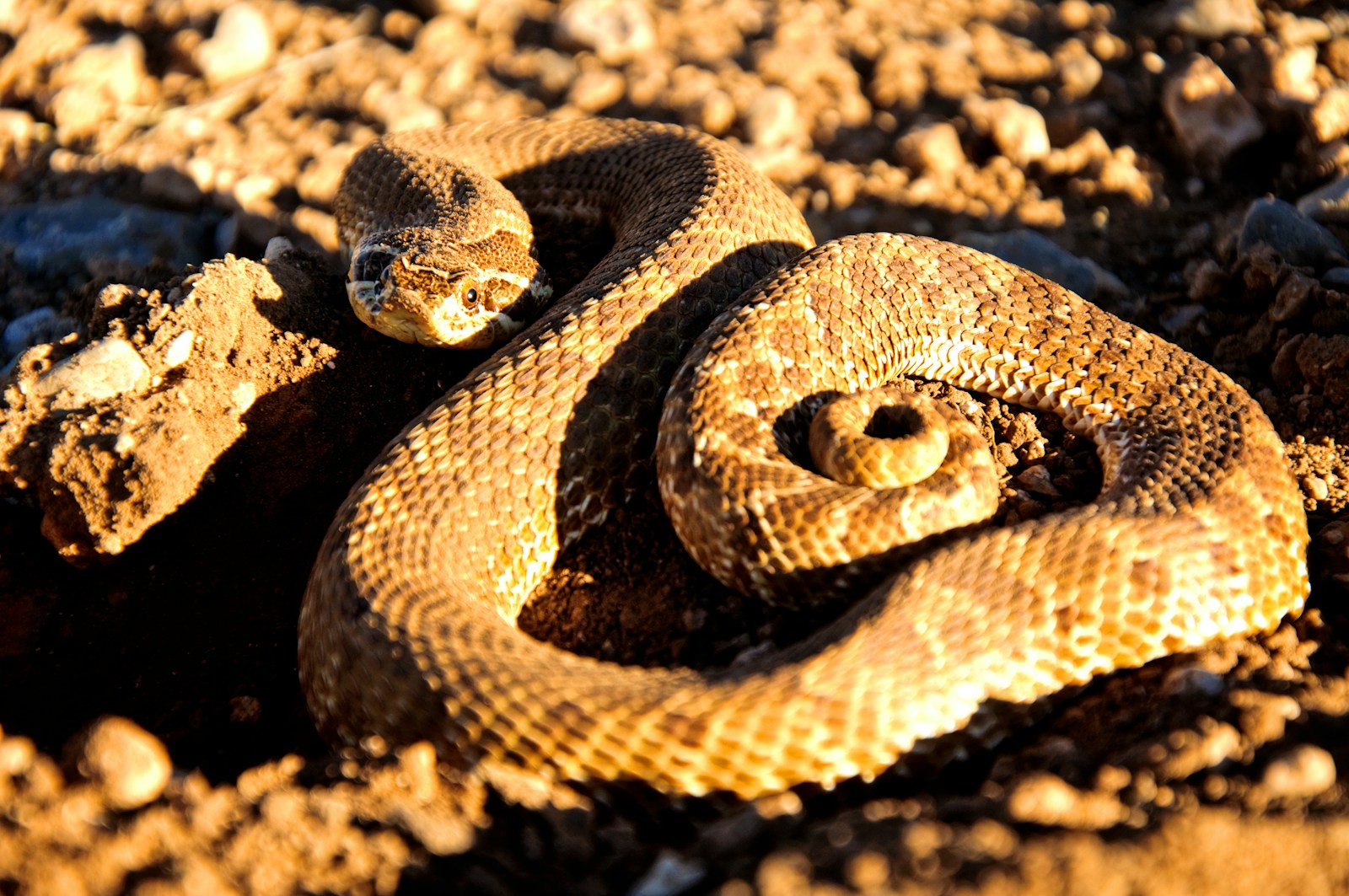
When other defensive strategies fail, some non-venomous snakes resort to thanatosis—the practice of feigning death to deter predators. The eastern hognose snake provides the most dramatic example of this behavior, rolling onto its back with mouth agape and tongue hanging out, sometimes even releasing a foul-smelling musk and blood from its mouth to complete the illusion of death and decay. This strategy exploits the tendency of many predators, including birds of prey, to avoid consuming carrion due to the potential risks of disease or secondary poisoning. The southern ringneck snake employs a less elaborate but still effective version of this strategy, going limp when captured while simultaneously exposing its brightly colored underside as a warning. Remarkably, these snakes can maintain the death pose for extended periods, sometimes up to several hours, resuming normal activity only when the threat has completely passed.
Spitting and Musking: Chemical Deterrents

Despite lacking venom, many non-venomous snakes employ chemical defenses that can deter birds of prey. Species like the common garter snake and eastern rat snake possess cloacal glands that produce a foul-smelling musk when the animal feels threatened. This malodorous substance can be remarkably effective, particularly against birds, whose acute sense of smell makes the experience highly aversive. The western hognose snake adds a theatrical element to this defense by “playing dead” while simultaneously releasing musk, creating a convincing impression of a decomposing carcass. Some species can direct this spray with surprising accuracy, potentially targeting a predator’s sensitive facial areas. The chemical composition of these secretions varies between species but often contains compounds specifically evolved to trigger disgust or aversion in common predators, providing a powerful secondary defense when physical avoidance fails.
Size and Shape Modifications: Not Worth the Effort

Some non-venomous snakes deter aerial predators through modifications to their body size or shape that make them challenging or unprofitable prey items. Bull snakes and other large constrictors can reach sizes that exceed what many birds of prey can safely handle, effectively removing them from the predation equation for all but the largest raptors. Other species, like the rubber boa, have evolved unusually thick, tough skin that resists puncture from talons and beaks, increasing the energy a predator must expend to process them as prey. Certain snakes present further challenges through physiological adaptations like exceptionally slow digestion rates, which reduces their nutritional value relative to the effort required to capture and consume them. From an evolutionary perspective, these adaptations make the snakes less attractive targets when easier prey options exist, effectively functioning as passive deterrents against opportunistic predation by birds of prey.
The False Head Display: Redirecting Attacks

Several non-venomous snake species have evolved a fascinating defensive strategy known as the “false head display” to confuse avian predators. When threatened, these snakes will hide their actual head beneath coiled body loops while using their tail to mimic head-like movements, often enhanced by distinctive color patterns or shapes at the tail end. The western ground snake exemplifies this strategy with its darkened tail tip that contrasts with its lighter body coloration, creating a convincing head-like appearance when displayed. This deception proves particularly effective against birds of prey, which typically target the head region when attacking snakes to neutralize the perceived threat quickly. By redirecting attacks to their more expendable tail region, these snakes significantly increase their survival chances even when struck. Some species take this adaptation further by evolving tails that not only mimic head appearance but also demonstrate independent movement patterns that enhance the deception’s realism.
Strength in Numbers: The Safety of Aggregation
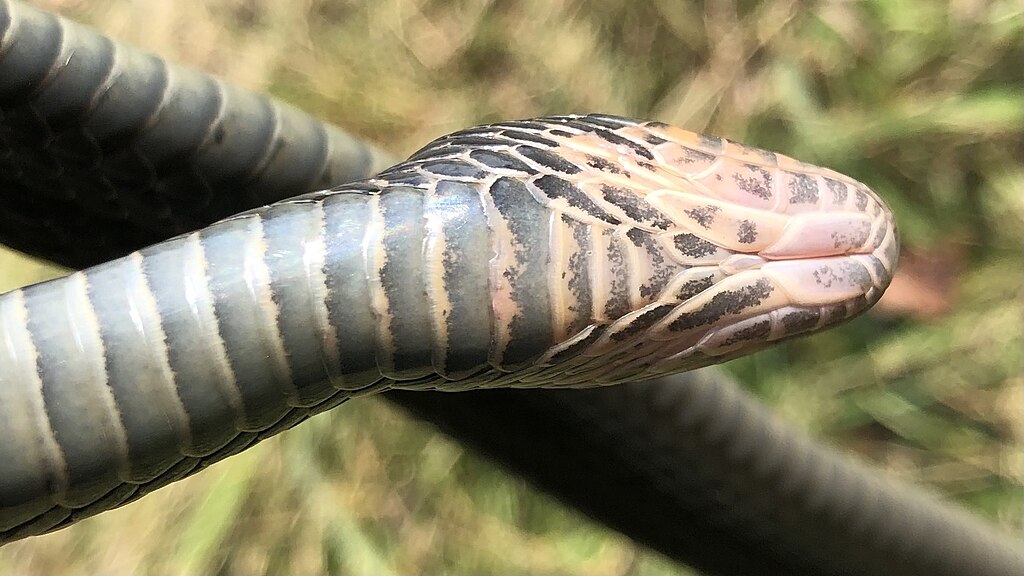
Certain non-venomous snake species gain protection from birds of prey through aggregation behaviors that create safety in numbers. Garter snakes famously form large communal hibernation sites called hibernacula, where hundreds or even thousands of individuals cluster together during winter months. While primarily an adaptation for thermal regulation, these aggregations create a predator satiation effect where the sheer number of potential prey overwhelms a predator’s ability to impact the population significantly. During spring emergence, when snakes are particularly vulnerable as they bask to raise their body temperature, the presence of numerous individuals means any single snake faces a statistically reduced predation risk. Some species display more active group defensive behaviors, where multiple individuals may simultaneously perform threat displays when one member detects danger, creating a more intimidating collective deterrent against aerial predators seeking an easy meal.
Ultraviolet Reflectivity: Invisible Warning Signals

Emerging research suggests some non-venomous snakes may utilize ultraviolet (UV) reflectivity patterns as warning signals specifically targeted at birds of prey. Unlike humans, birds possess tetrachromatic vision that includes UV wavelength perception, allowing them to detect signals invisible to the mammalian eye. Studies have identified distinct UV reflective patterns on certain snake species that become particularly visible when viewed from above—precisely the perspective of an aerial predator. The rough green snake, despite appearing uniformly green to human observers, displays complex UV-reflective patterning that may function as warning signals to birds. This communication channel represents an evolutionary arms race where prey species exploit sensory capabilities specific to their predators. Interestingly, some harmless snakes may have evolved UV patterns that mimic those of venomous species, creating another dimension of Batesian mimicry invisible to most other predators, but clearly perceptible to their most significant aerial threats.
Habitat-Specific Adaptations: Environment as Defense

Non-venomous snakes have evolved remarkable habitat-specific defensive adaptations that specifically counter the hunting strategies of local birds of prey. Aquatic species like water snakes often remain partially submerged, ready to dive completely underwater when aerial shadows are detected, exploiting a refuge unavailable to their airborne predators. Arboreal species like vine snakes have developed extraordinarily slender bodies and exceptional camouflage that renders them nearly invisible among branches, countering the searching patterns of forest raptors. Desert-dwelling snakes frequently adopt “sidewinding” locomotion that minimizes their contact with hot sand while creating a movement pattern particularly difficult for birds to track from above. These specialized adaptations demonstrate the principle of co-evolution, where prey species develop increasingly sophisticated defenses in response to predator adaptations. The effectiveness of these strategies explains why non-venomous snakes continue to thrive in ecosystems worldwide despite lacking the obvious defensive advantage of venom.
Evolutionary Arms Race: Adapting to Changing Threats

The relationship between non-venomous snakes and birds of prey represents a classic evolutionary arms race spanning millions of years. As birds develop better visual acuity or hunting strategies, snakes evolve more sophisticated defensive countermeasures in response. The varied defensive toolkit of modern non-venomous snakes—from mimicry to behavioral adaptations—reflects countless generations of natural selection where only individuals with effective anti-predator adaptations survived to reproduce. Fascinatingly, this process has led to regional variations where snake populations develop specific defenses against local predator assemblages. The ongoing nature of this evolutionary relationship means we observe different stages of adaptation across species, with some showing more advanced deterrent mechanisms than others. This dynamic exemplifies the power of predator-prey interactions as drivers of biodiversity and specialized adaptations, highlighting how the pressure of aerial predation has shaped the remarkable defensive repertoire of today’s non-venomous snakes.
Conclusion
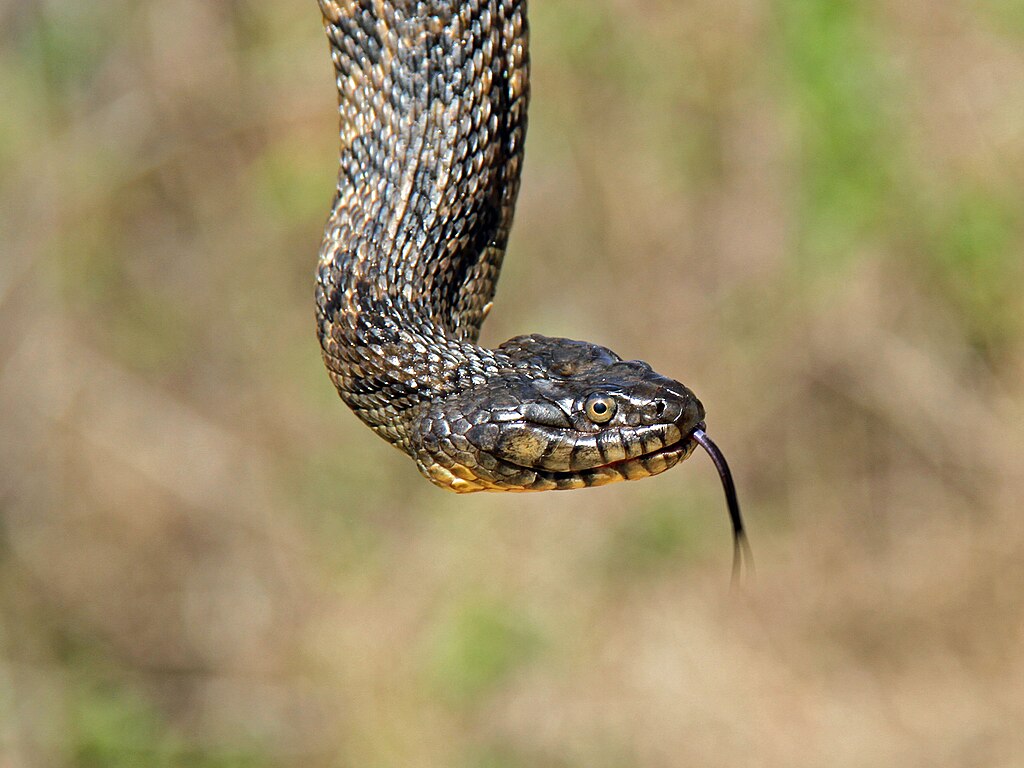
The remarkable diversity of defensive strategies employed by non-venomous snakes against birds of prey demonstrates nature’s incredible capacity for evolutionary problem-solving. Without the advantage of venom, these reptiles have developed an impressive arsenal of alternatives—from visual deception and behavioral modifications to chemical deterrents and physical adaptations. Each strategy represents a solution to the persistent challenge of aerial predation, refined over millions of years of natural selection. As we continue to study these fascinating interactions, we gain not only greater appreciation for the complexity of predator-prey relationships but also deeper insights into the evolutionary processes that shape all life on Earth. The next time you encounter a harmless garden snake, consider the sophisticated defense mechanisms concealed within its seemingly vulnerable form—testament to the endless creativity of evolution in the face of survival challenges.

